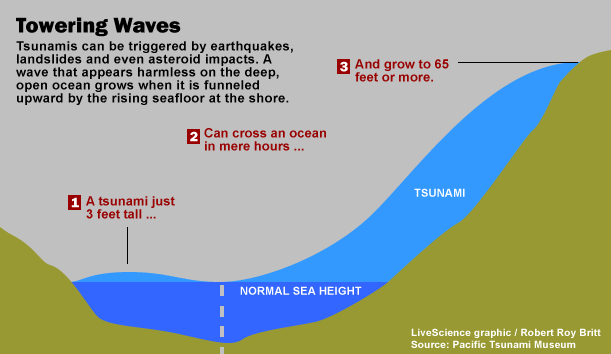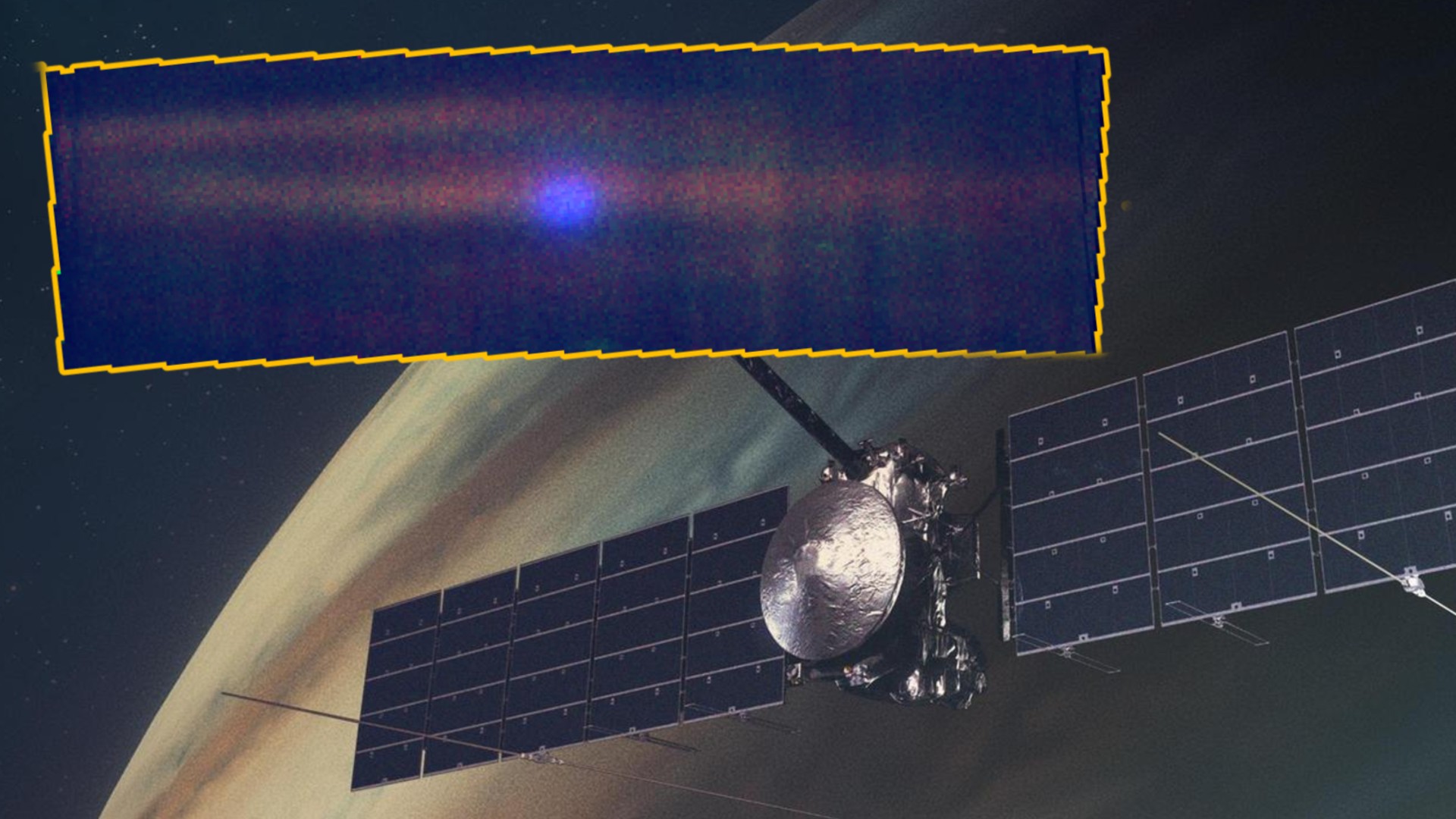Major South Pacific Quake Spawns Tsunami

Updated Sept. 30, 2009, 8:09 a.m. ET:
A major earthquake struck in the Somoa Islands region of the South Pacific Ocean on Tuesday. The magnitude was 8.0, according to the USGS.
A tsunami warning was issued for New Zealand and nearby islands. According to news reports today, four waves 15 to 20 feet (4 to 6 meters) struck American Samoa, reaching up to a mile (1.5 kilometers) inland and killing at least 99 people.
Even major earthquakes under the sea do not always generate significant tsunamis. It depends on whether and how much the floor of the sea shifts. A tsunami can be created when a significant thrust on the seafloor acts like a giant paddle.
No tsunami was expected along the California, Oregon, Washington, British Columbia, and Alaska coasts, the Pacific Tsunami Warning Center said initially. The center did, however, release a map showing how long it would take for any possible tsunami from this quake to reach various shorelines in the Pacific basin. A tsunami watch — not a warning — is now in effect for Hawaii. Tsunamis can take hours to cross the open ocean. On the open ocean, a tsunami is barely noticeable. A wave that might be just inches high can soar to building-tall proportions as it meets a rising seafloor near the coast.
By this morning, all watches and warnings had been dropped. Separately, a large sub-sea quake struck in Indonesia, briefly triggering tsunami warnings there.
The Samoa quake was centered 1,670 miles (2685 km) from Auckland, New Zealand and just 125 miles from one of the Samoan islands. It struck at about 1:48 p.m. ET.
Get the world’s most fascinating discoveries delivered straight to your inbox.
- Earthquakes and Tsunamis: How They Work
- Video - Recreating an Ancient Tsunami
- West Coast Tsunami Risk Higher Than Thought



